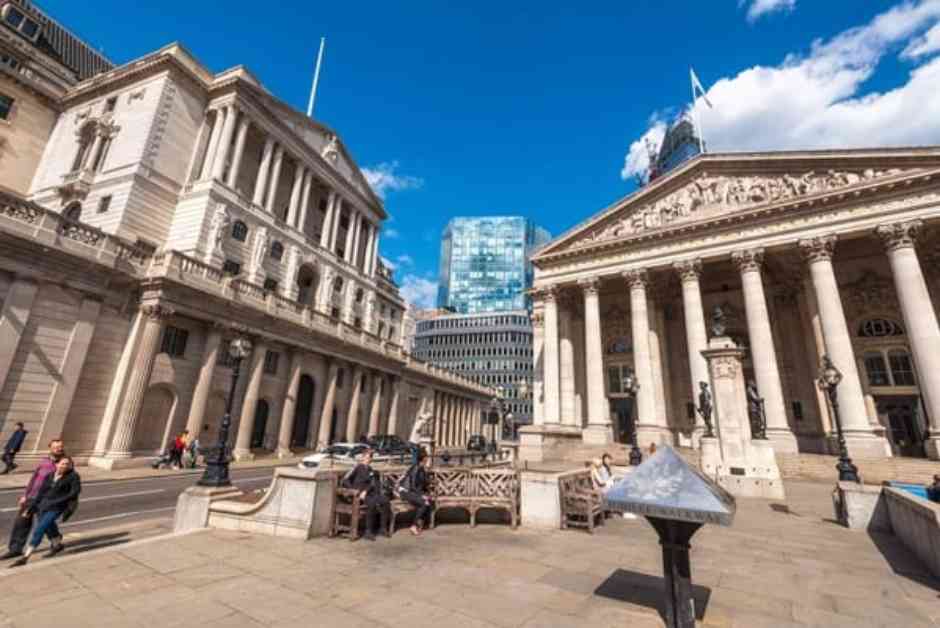This week, the Bank of England is expected to reduce interest rates for the second time since August, with rates likely to decrease by a quarter point to 4.75%. Investors are now looking ahead to 2025 and what the future holds for monetary policy. After a period of low inflation and cooling wage growth, markets had anticipated a swift cycle of rate cuts. However, expectations have been adjusted following the government’s Autumn Budget, which is predicted to push inflation higher next year.
Investors, both domestic and global, are seeking clarity and stability from the Bank of England in 2025. They are hoping for a balance between supporting economic growth and managing inflation. The recent budget, which includes a £70 billion increase in annual spending, has introduced uncertainty into the inflation outlook. If inflation remains a concern, the BoE may need to slow down its rate-cutting cycle, which investors are now factoring in. The initial expectation of nearly five quarter-point cuts next year has been revised, with many now expecting less aggressive action from the central bank.
For global investors, stability in the UK’s monetary policy is crucial. The UK economy has faced significant challenges in recent years, from Brexit to the pandemic and energy price shocks, making predictability more important than ever. A clear path of rate cuts would give businesses confidence to plan their investments, with the knowledge that borrowing costs will gradually decrease. Sudden and drastic policy changes could create unwanted volatility and deter long-term investment, particularly from international players.
Domestically, UK businesses and households are hoping for relief from high borrowing costs, but they are also aware of the lingering threat of inflation. The cautious approach of the Bank of England reflects the possibility of inflation picking up again, driven by increased business costs and rising energy prices. While investors would welcome a series of steady rate cuts in 2025, they understand that the BoE must consider inflationary pressures. If inflation exceeds the forecasted range, the central bank will need to proceed cautiously, potentially limiting the number of rate reductions next year.
Investors are concerned that inflationary pressures may constrain the BoE’s ability to implement a faster pace of rate cuts. They are wary of the bank swinging too far in either direction, as a dramatic shift could fuel inflation or stifle economic growth. A gradual and well-communicated reduction in rates that aligns with the broader economic landscape is needed to support growth without letting inflation spiral out of control.
As 2025 approaches, effective communication from the BoE will be crucial. Investors will be looking for clear signals about the trajectory of rates, as the central bank strives to balance addressing inflation risks with providing economic stimulus. Global markets are closely monitoring the UK’s monetary policy, as uncertainty in this area could impact the country’s attractiveness as an investment destination. Clear communication and a measured pace of rate cuts could help restore confidence and encourage investment, while uncertainty and mixed signals could prolong economic challenges.
All eyes are now on this week’s decision from the Bank of England and what it signifies for the future. Investors are eager to see how the central bank will navigate the challenges of balancing economic growth and inflation management in the coming years.












